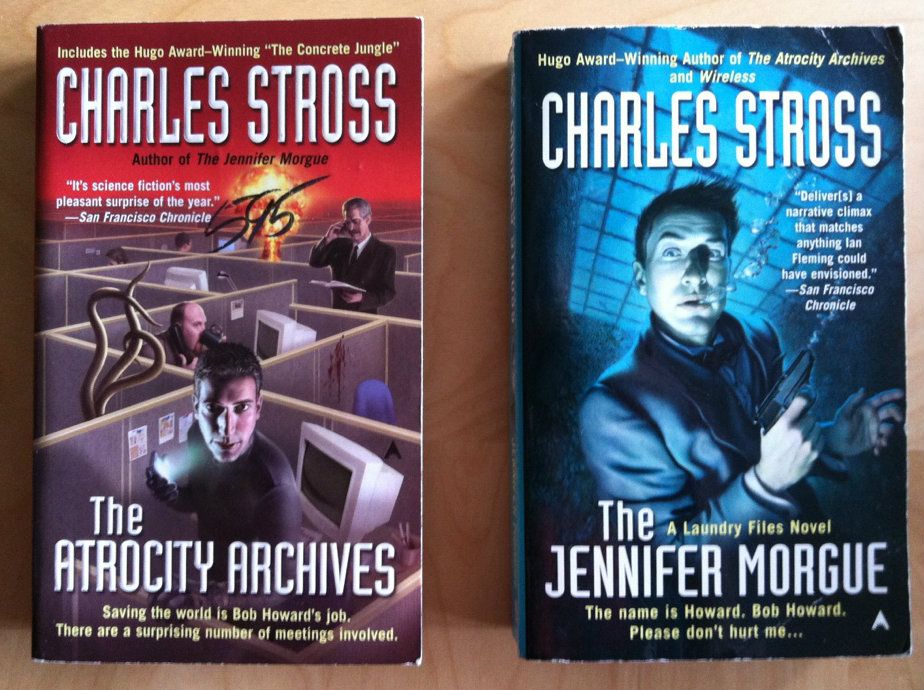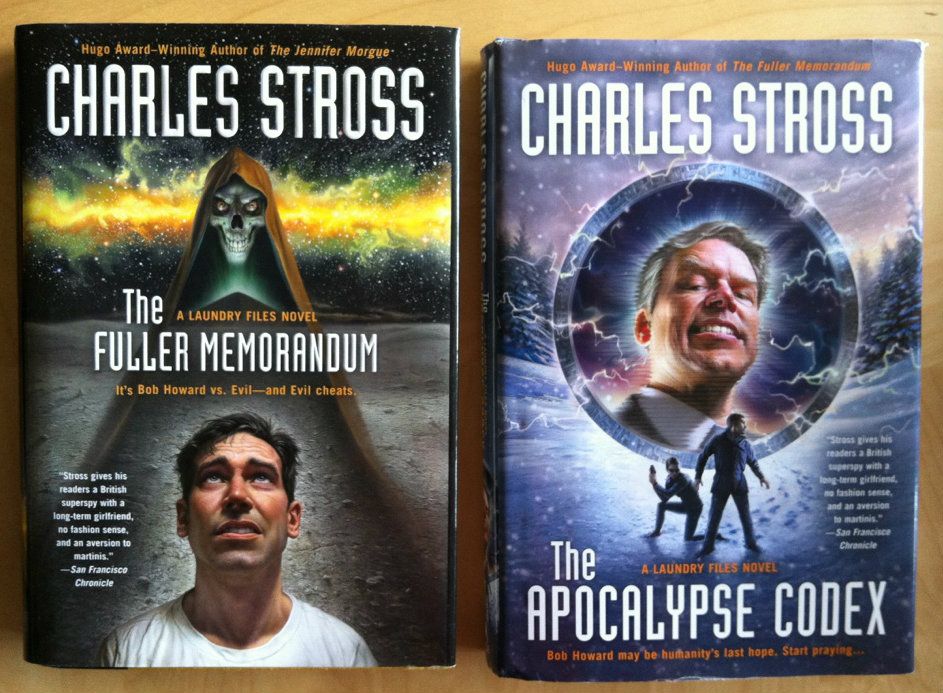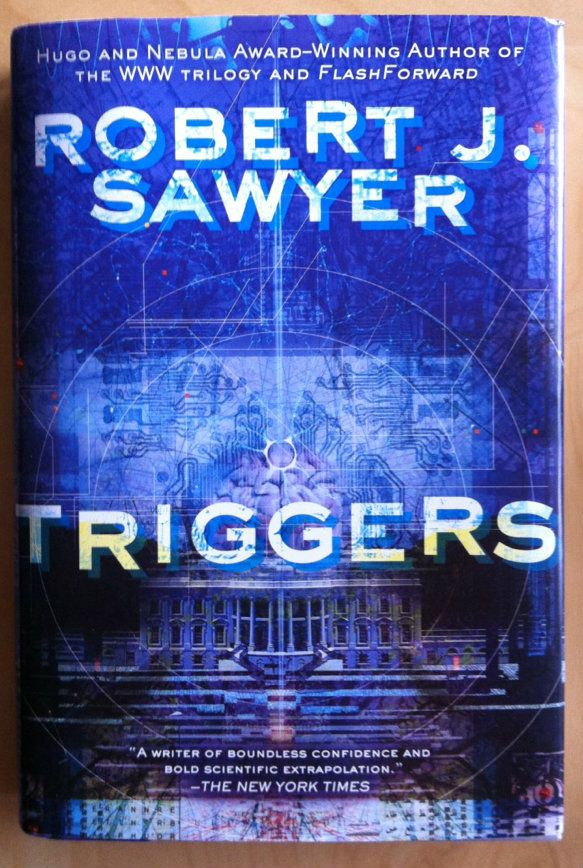Or a graphical time line of The Red Wing
By Jonathan Hickman and
Nick Pitarra, Image Comics
The Red Wing is a pretty challenging story that more or less leaves it to the reader to suss out exactly what's happening. In the process of convincing myself that my interpretation of the story is right, I drew a timeline of the comic. I thought it would be fun to do up a nice version and throw it up here and see if y'all agree with my take on the story.
(It's also kind of a tribute to Jonathan Hickman's use of charts and info graphics.)
The Red Wing is a pretty challenging story that more or less leaves it to the reader to suss out exactly what's happening. In the process of convincing myself that my interpretation of the story is right, I drew a timeline of the comic. I thought it would be fun to do up a nice version and throw it up here and see if y'all agree with my take on the story.
(It's also kind of a tribute to Jonathan Hickman's use of charts and info graphics.)
For the full unobscured
timeline with *SPOILERS* check after the cut.























